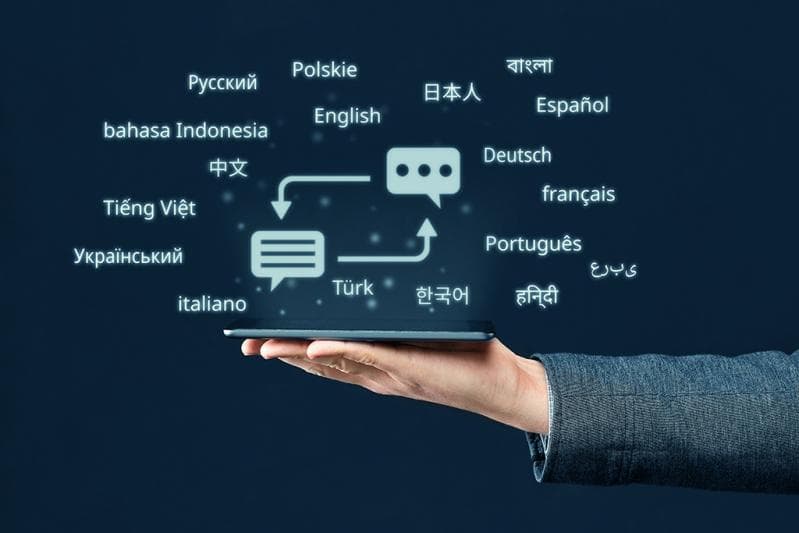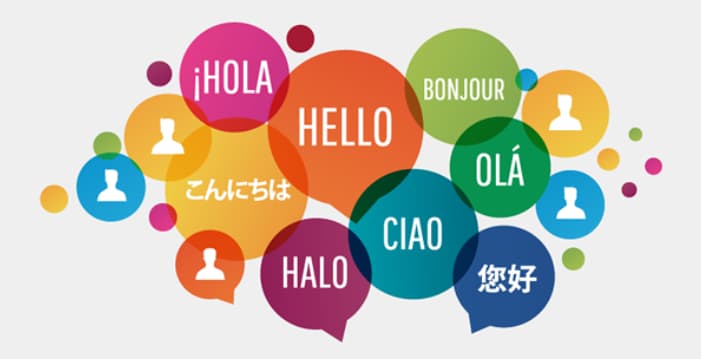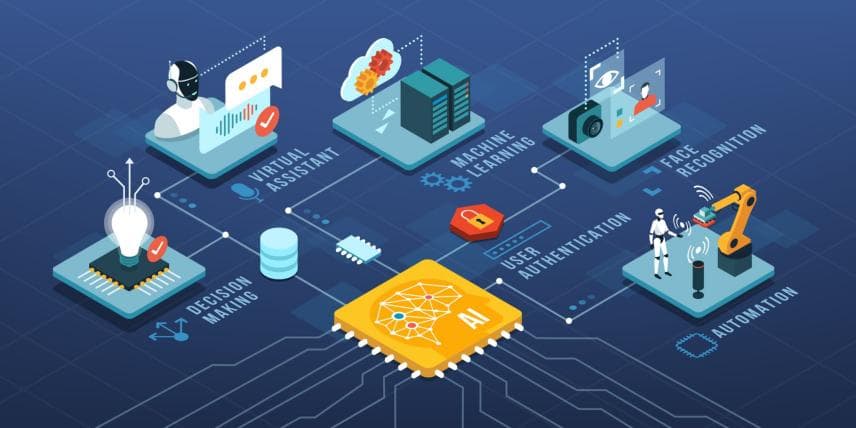Using a Chinese–Japanese translation project handled by a Glodom language specialist as an example, this article examines how to convey technical information precisely while adapting functionality to Japanese usage contexts. The goal is to ensure that technical documents meet functional requirements in Japanese and align with local readers’ habits and trust expectations.

Building a Foundation of Accurate Terminology
Accurate rendering of technical terms is the foremost principle in technical-document translation. A mistranslated term can lead to fundamentally different technical interpretations or even serious operational errors. To ensure terminological accuracy, translators must possess solid technical background knowledge and a deep understanding of the principles and implementations described in the source text. Examples include:
- “Server load balancing” → 「サーバ負(fù)荷分散」 or 「サーバロードバランシング」
- “Embedded system” → 「組み込みシステム」
- “Application Programming Interface” → commonly abbreviated as “API” or written in full as 「アプリケーションプログラミングインタフェース」
Precise terminology management is not only the basis of technical translation but also the key to ensuring accurate information transfer and demonstrating professional competence. Establishing a systematic terminology database and a rigorous validation workflow helps prevent technical ambiguity and operational risk.

Functional Adaptation by Usage Scenario
Technical documents come in many types, and different document types require different translation strategies. UI text must be concise and convey information clearly within limited display space. User manuals should prioritize clarity of steps and operability. API documentation demands strict logical consistency and terminology uniformity.
Successful scenario-driven translation requires translators to fully understand the document’s usage context and target readers. For example, translating “保存成功” as 「保存しました」 is concise and consistent with Japanese usage; rendering an instruction such as “l(fā)ong-press the power button for three seconds” as 「電源ボタンを3秒間長(zhǎng)押しする」 uses the everyday, high-frequency term 「長(zhǎng)押し」 and better matches users’ operational cognition. Documentation aimed at professional developers must ensure technical descriptions are both accurate and systematic.
Appropriate Conveyance of Cultural Characteristics
When technical content crosses borders, documentation also functions as a form of cultural exchange. For concepts that carry cultural significance, translators must carefully consider how to preserve and convey those cultural characteristics, which requires familiarity with both source and target cultures.
For instance, in Chinese–Japanese translation, “高鐵” can be rendered as 「高速鉄道」 or 「高鉄」 to distinguish it from Japan’s “新幹線,” thereby accurately conveying the technical characteristics of China’s high-speed rail. Similarly, the Chinese OS name “鴻蒙” may be transliterated as “鴻蒙” or 「ホンモン(音訳)」 rather than using the loanword “ハーモニー” (Harmony), reflecting Chinese technological self-identification.
When handling culture-loaded terms, literal translation may sometimes be necessary to preserve cultural specificity; other times, a sense-for-sense translation better facilitates understanding. Whichever approach is chosen, the primary objective should be the accurate transmission of technical information while preserving cultural elements to the greatest extent possible.
Efficient Use of Modern Tools
On top of the professional principles described above, the appropriate use of modern tools provides essential support for efficient and accurate technical translation. For example:
- Computer-assisted translation (CAT) tools help manage translation assets; common CAT tools (such as Trados and MemoQ) enable reuse of translated segments, and QA tools like Xbench help ensure terminological consistency.
- Terminology management systems like MultiTerm allow project teams to establish unified terminology standards, which is particularly valuable in large-scale projects.
- Specialized platforms such as Phrase provide a convenient collaborative environment that supports multi-user workflows.
It is worth noting that despite the significant advances in machine translation and AI, human post-editing remains indispensable in technical-document translation. Technical content often involves extensive domain knowledge and fine-grained contextual judgment, and professional translators are required for final quality assurance.

About Glodom
Glodom (Shenzhen Xinyu Wisdom Technology Co., Ltd.) is an innovative provider of language-technology solutions, focusing on ICT, intellectual property, life sciences, gaming, and finance. Our three core business areas are language services, big-data services, and AI technology applications. Headquartered in Shenzhen, Glodom maintains branches in Beijing, Shanghai, Hefei, Chengdu, Xi’an, Hong Kong, and Cambridge (UK). We provide one-stop multilingual solutions to numerous Fortune 500 and well-known domestic enterprises and have established long-term, stable partnerships.


